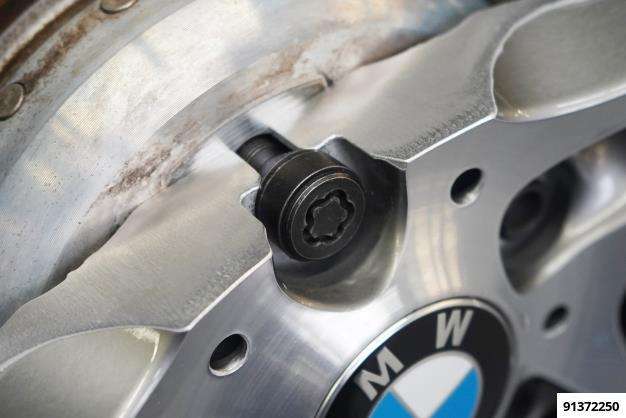Unlocking the Mystery: The Essential Guide to Locking Wheel Nut Removal Tools
Introduction: In the realm of automotive maintenance, encountering a stubborn locking wheel nut can be akin to stumbling upon a hidden puzzle in an otherwise routine task. These specialized nuts, designed to deter theft, serve their purpose well but can pose quite the challenge when it comes to removal. Enter the unsung hero of the automotive toolkit – the locking wheel nut removal tool. In locking wheel nut removal tool this article, we delve into the importance, types, and usage of these tools, shedding light on their indispensable role in the world of automotive repair. 
Understanding Locking Wheel Nuts: Locking wheel nuts, also known as lug nut locks or wheel lock keys, are specialized nuts installed on vehicle wheels as a security measure. Their unique design requires a specific key or tool to remove, preventing unauthorized individuals from easily tampering with or stealing the wheels. While effective in deterring theft, these nuts can present a hurdle during routine tire changes or repairs, especially if the key has been misplaced or damaged.
The Role of Locking Wheel Nut Removal Tools: Locking wheel nut removal tools serve as the solution to the challenge posed by these security nuts. These tools come in various forms, each designed to grip onto the locking nut securely and facilitate its removal without causing damage to the wheel or surrounding components. From socket-style tools to innovative extraction kits, there’s a diverse range of options available to tackle different types of locking wheel nuts.
Types of Locking Wheel Nut Removal Tools:
- Socket-Style Tools: These tools resemble standard sockets but feature a unique internal pattern designed to match the locking wheel nut. They are often used with a breaker bar or impact wrench to apply significant torque for removal.
- Key-Style Tools: Some locking wheel nuts require a specialized key that fits onto the nut’s unique pattern. Key-style removal tools mimic the shape of the original key and are used in conjunction with a wrench or socket to turn and remove the nut.
- Extraction Kits: For more stubborn locking wheel nuts or cases where the original key is lost, extraction kits offer a comprehensive solution. These kits typically include various tools such as drill bits, extractors, and sockets designed to remove the nut by force or through drilling and extraction techniques.
Usage Tips and Best Practices:
- Identify the Correct Tool: Ensure you have the appropriate locking wheel nut removal tool that matches the nut’s pattern or type.
- Apply Lubrication: Use penetrating oil or lubricant to loosen the nut and facilitate easier removal.
- Follow Manufacturer Instructions: Adhere to any specific guidelines provided by the manufacturer of the locking wheel nut removal tool for optimal results.
- Exercise Caution: Apply steady pressure and avoid excessive force to prevent damaging the wheel or surrounding components.
Conclusion: In the intricate world of automotive repair, the locking wheel nut removal tool stands out as a beacon of innovation and utility. Whether faced with a routine tire change or a more complex repair scenario, having the right tool at hand can make all the difference. By understanding the types and usage of locking wheel nut removal tools, automotive enthusiasts and professionals alike can navigate the challenges posed by these security nuts with confidence and ease, ensuring smooth and efficient maintenance operations for every vehicle on the road.